Week 16 assignment for #HI201 #MSMHI
This week’s task: How can mobile applications be useful in primary care? Propose an app idea for a primary health care scenario. (Your app idea must not duplicate any app already available in the market.)
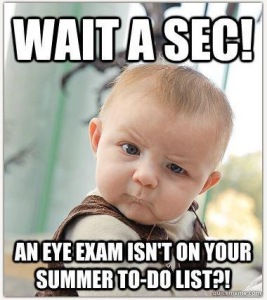
Screening children for vision, identifying children needing glasses can be a daunting task. Refracting them and giving the correct prescription is both an art and science that requires not only skill in refraction, but application of principles that can interplay and even contradict each other. Even in this day and age, several communities are wanting in providing a simple service to our children. There are those who are never screened, those who are not screened correctly, or children who are unable to access the right eye care professional, or unable to helped by a lack of knowledgeable eye care professional who can assist in giving the correct eyeglass prescription.
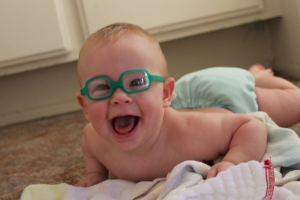
The difficulty in prescribing eyeglasses in children is confounded by:
1. Different ages requiring different adjustments in prescription. A child less than five years of age, will tolerate the full hyperopic correction, as is recommended for patients with refractive accommodative esotropia. However, there will be children who will see poorly with a full correction, and can tolerate only a fraction of the hyperopic prescription. Age of 5 years, may also be violated, as some cooperative children less than age 5 do complain of blurring of vision and headache with a full correction. The key is finding the maximum tolerated plus prescription that will control the deviation. Sometimes, a compromise at 20/40 or 6/12 vision can be tolerated to avert the need for surgery.
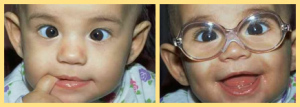
2. Strabismus conditions that affect decision in prescribing. While patients with refractive accommodative esotropia are given as much plus correction as they can tolerate, in exotropia where eyes deviate outwards, over-minus lenses even in the absence of a refractive error may be prescribed to stimulate the accommodation-convergence synkinetic reflex to help control the outward drifting. In patients with esotropia and myopia, giving an over-minus lens by the same accommodation-convergence synkinesis mechanism can worsen the inward turning.
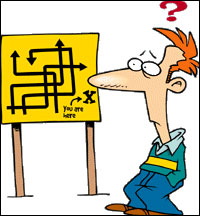
3. non-cycloplegic refraction and cycloplegic refraction can vary immensely. Refraction taken objectively, without cycloplegic agents is very useful especially for the older cooperative child, but is difficult to obtain in a young especially non-cooperative child. Cycloplegia can also vary in strength…it can be weak and short acting as tropic amide, moderate strength with intermediate duration like cyclopentolate, and strong with longest duration like atropine. Different degrees of cycloplegia may yield different refraction results and can confuse the novice eye care professional and can be at a loss as to what to prescribe.
4. Subjective refraction can be different from objective refraction. When does one give in to a higher subjective refraction? How much of the induced myopia and astigmatism will one prescribe? For children who can read, the typical minimum visual acuity that should be obtained during manifest refraction should be 20/40. Typically, the lowest minus, and lowest cylinder (of induced error) that will give a 20/40 vision is prescribed.
5. Different rules apply for myopia and hyperopia for very young children and the older child. Lowest minus prescription whereas the highest plus prescription is preferred when prescribing glasses in children who cannot cooperate for subjective refraction.
6. Tolerated prescription can be different from refraction that gives the best visual acuity. Sometimes in the older child, especially those with asthenopia, ciliary muscle fatigue, or accommodative spasm, a higher myopia or cylinder is chosen by the patient. However, when worn for a long time, this type of prescription may worsen the asthenopia, or soon make the child dependent on a wrong “higher” prescription.
7. Some children will benefit from subjective refraction. With the advent of video terminals, computer games, and gadgets, there is an increasing number of children requiring a higher subjective prescription compared to what is obtained objectively by the eye care professional.
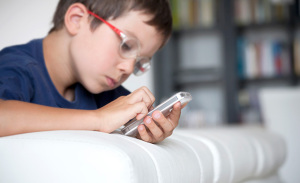
8. Children with eye strain and fatigue can have induced myopia and astigmatism. Sometimes, varying degrees of strain, fatigue, and sleep can change the refraction.
9. In the amblyopic age group, a wrong refraction or prescription can mean confounding an existing amblyopia problem, or even cause amblyopia if a wrong prescription is worn.
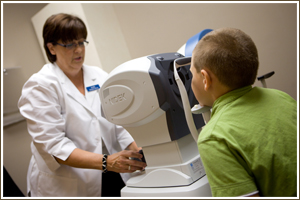
10. Computer auto refraction is probably close to 90% inaccurate in children (but close to 90% accurate in adults). The problem is discerning when the computer gives a good estimate, and when the computer is way off the mark. A skilled refractionist, using the old reliable retinoscope is often better than a computer auto-refraction in the paediatric age group.
11. Diseases such as diabetes, water retention, allergic eye involvement, dry eye, can affect refraction, and should be recognised before a prescription can be made correctly.
12. Different paediatric ophthalmologists, eye care professionals can have varying biases andy prescribe different glasses even under the same conditions or clinical scenarios.
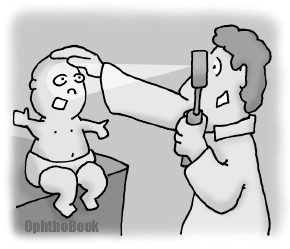
13. Some children, babies included of course, cannot read the traditional letter or number chart. Some may identify figures, but there are some who will not be able to give accurate vision assessments, but may still require glasses. The challenge is picking up those with problems and giving them the correct prescription.

My proposal is simple…at the community level, especially where there are no paediatric ophthalmologists around, wouldn’t it be good to have a virtual paediatric eyeMD that can help determine the correct prescription for patients in different clinical scenarios? Plug in age, associated strabismus, objective refraction, dry refraction, wet refraction, etc., and the application will come up with a recommended prescription. Better yet, prescription can be linked to an eye care provider that can assist in making glasses, as well as judge the soundness of the app’s recommendations.
References:
1. Freifeld CC, Chunara R, Mekaru SR, Chan EH, Kass-Hout T, et al. (2010) Participatory Epidemiology: Use of Mobile Phones for Community-Based Health Reporting. PLoS Med 7(12): e1000376. doi:10.1371/journal.pmed.1000376
www.plosmedicine.org/article/fetchObject.action?uri=info%3Adoi%2F10.1371%2Fjournal.pmed.1000376&representation=PDF, accessed November 26, 2014.
2. Kaplan WA. Can the ubiquitous power of mobile phones be used to improve health outcomes in developing countries? Globalization and Health 2006;2:9 http://www.biomedcentral.com/content/pdf/1744-8603-2-9.pdf, accessed November 26, 2014.
3. Qiang CZ et al. Mobile Applications for the Health Sector. April 2012. ICT Sector Unit, World Bank. http://www-wds.worldbank.org/external/default/WDSContentServer/WDSP/IB/2012/09/18/000333038_20120918020413/Rendered/PDF/726040WP0Box370th0report00Apr020120.pdf, Accessed November 26, 2014.
Leave a Reply